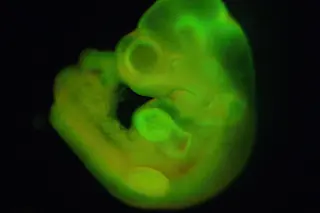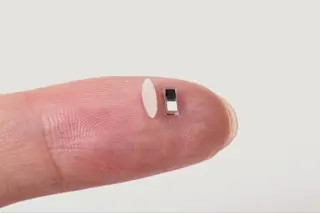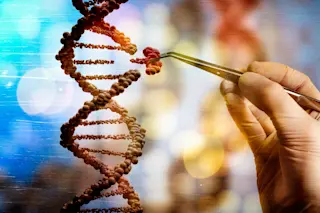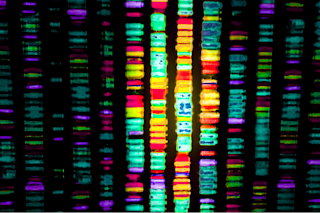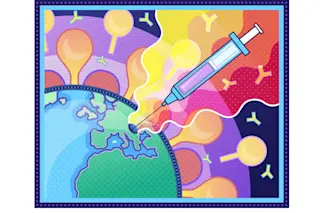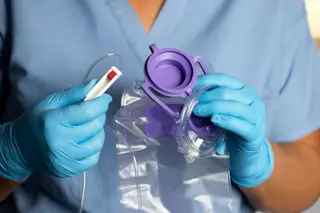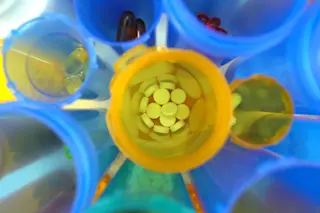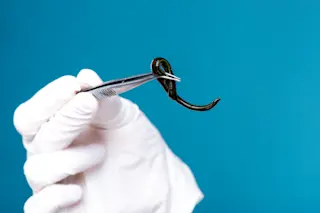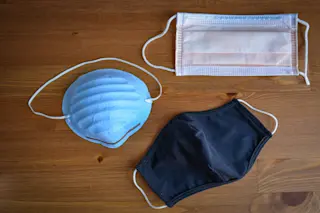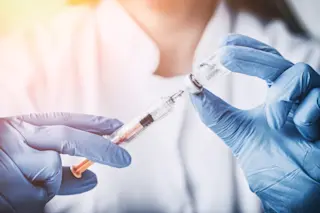Researchers have observed that plants, when stressed, can reprogram their cells into stem cells, capable of differentiating into many different cell types. Now, it appears mammals can perform the same trick. Japanese scientists say they have successfully reverted blood cells back to their embryonic state after dipping them in a stress-inducing bath of acid.
The team accomplished the feat using blood cells from mouse spleens, but are now trying to replicate it using human blood cells. Independent researchers are praising the discovery for both its simplicity and its potential to usher in new therapies and cloning techniques.
Scientists currently deploy one of two methods to obtain stem cells: extract them from human embryos, or “reprogram” adult cells into a stem-cell state (called induced pluripotent stem cells, or iPS cells). However, both methods have their drawbacks. Taking cells from an embryo destroys it in the process, and creating iPS cells requires ...


